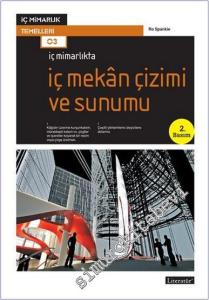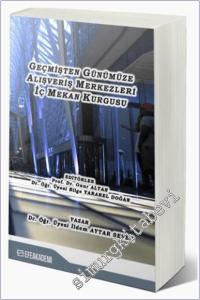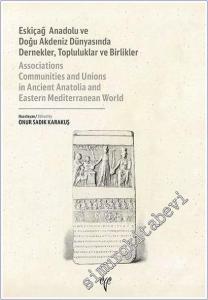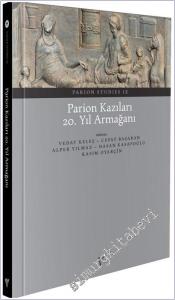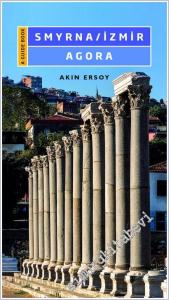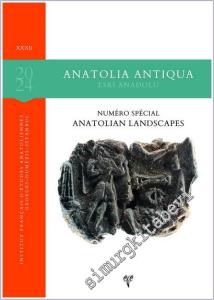#smrgSAHAF Converted Byzantine Churches in Istanbul: Their Transformation into Mosques and Masjids - 2001

Intensive tranformation of Byzantine structures into mosques occurred especially during the reign of Mehmed 2, and the tradition was continued by the viziers and grand viziers of Bayezid 2. As the establishment of the new mahalles (neighbourhoods) slowed with the passing of time, the need for transforming Byzantine architecture also decreased, reaching a halt in the seventeenth century. From architectural point of view, the alterations to the converted structures were relatively insignificant save for the consturction of minarets and the addition of mihrabs. Repair and consolidation of the buildings focused mainly on minor architectural elements such as walls, doors, windows and columns.
Intensive tranformation of Byzantine structures into mosques occurred especially during the reign of Mehmed 2, and the tradition was continued by the viziers and grand viziers of Bayezid 2. As the establishment of the new mahalles (neighbourhoods) slowed with the passing of time, the need for transforming Byzantine architecture also decreased, reaching a halt in the seventeenth century. From architectural point of view, the alterations to the converted structures were relatively insignificant save for the consturction of minarets and the addition of mihrabs. Repair and consolidation of the buildings focused mainly on minor architectural elements such as walls, doors, windows and columns.





